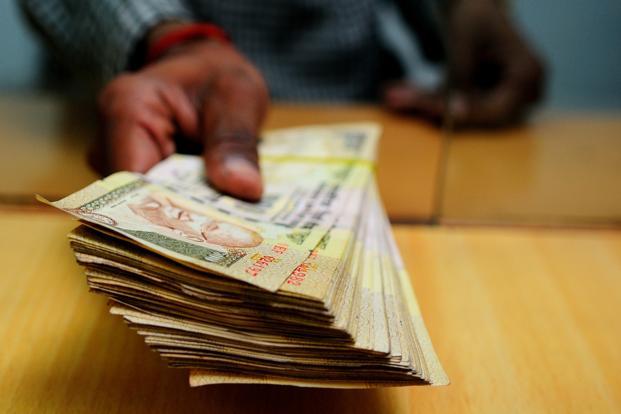Although there is huge outrage of start-ups retrenching employees, actual facts and figures behind these lays offs and shutdowns are not what meets the eye. Dearth of investments may not be the identified cause. Yes, the cheque sizes or amounts being invested in start-ups may be declining but the overall funding story is quite different.
Investors are taking a closer look at valuations, and want the start-ups to be more cautious in expenditure.
Comparing Figures
Looking at the past 3 months, there was an average of 53 funding deals a month, compared to 43 transactions in the first three months of 2015. According to Tracxn, a startup data collection and analysis firm, there was an average of 24 deals a month in the first 10 months of 2014. The total no of funding this year, till October, was 494, against 237 during the same period last year. The deals include both, first time funding and also subsequent funding rounds.
Some Opinions
According to GSF, whose aim is to accelerate innovation and entrepreneurship through angel and seed investing in India and one of the country’s most successful accelerators, seed rounds and Series A deals were flowing thick and fast. This is backed by the fact that it enabled 3 startups last month get Series A funding and expects another 5 deals to materialise before the year end. “I don’t see any slowdown at seed stage or Series A stage for quality companies. Despite all the noise about a slowdown, I will go by data which shows the ecosystem is robust,” said Rajesh Sawhney , founder of GSF. However he is quick to add there are “valuation concerns” which were impacting funding at later stages.
Aashisg Bhinde, executive director at Avendus Capital, which is a leading investment bank in India is of the opinion that the number of deals, irrespective of stage, – angel, seed or even Series A – does not matter if the start-ups are not able to raise later funding rounds. He remarked that the markets have an inclination to overdo bullishness and bearishness and compared the current situation to 2012-13, when the investments lowered after a good year in 2011.
